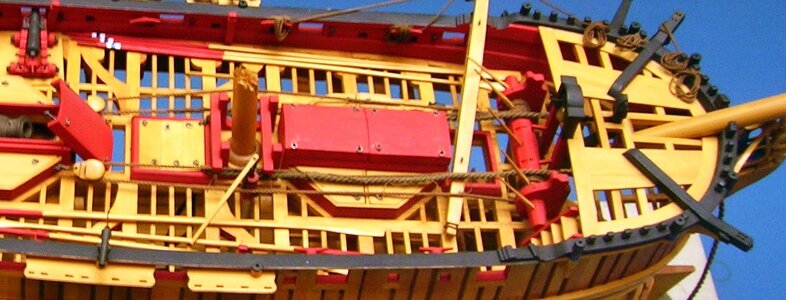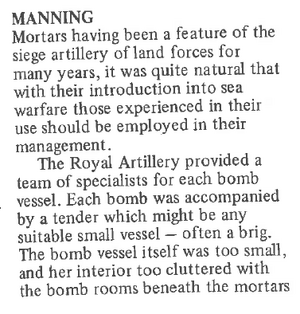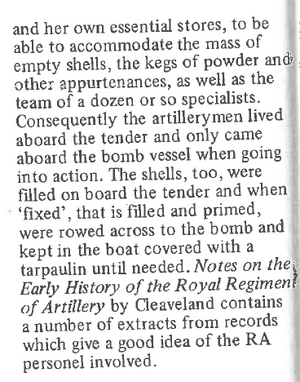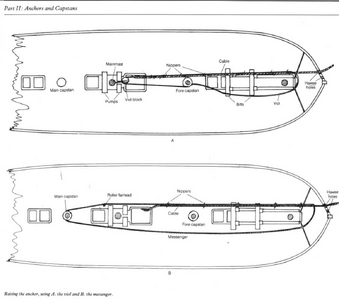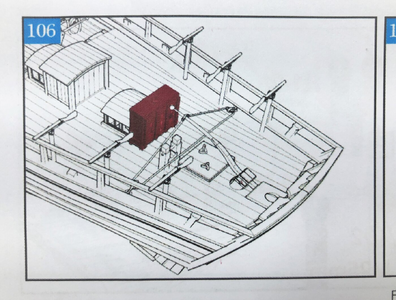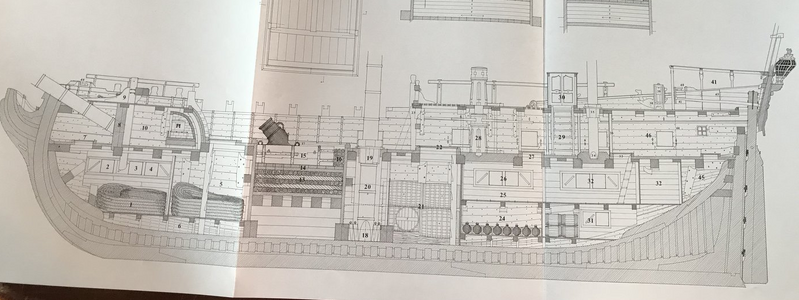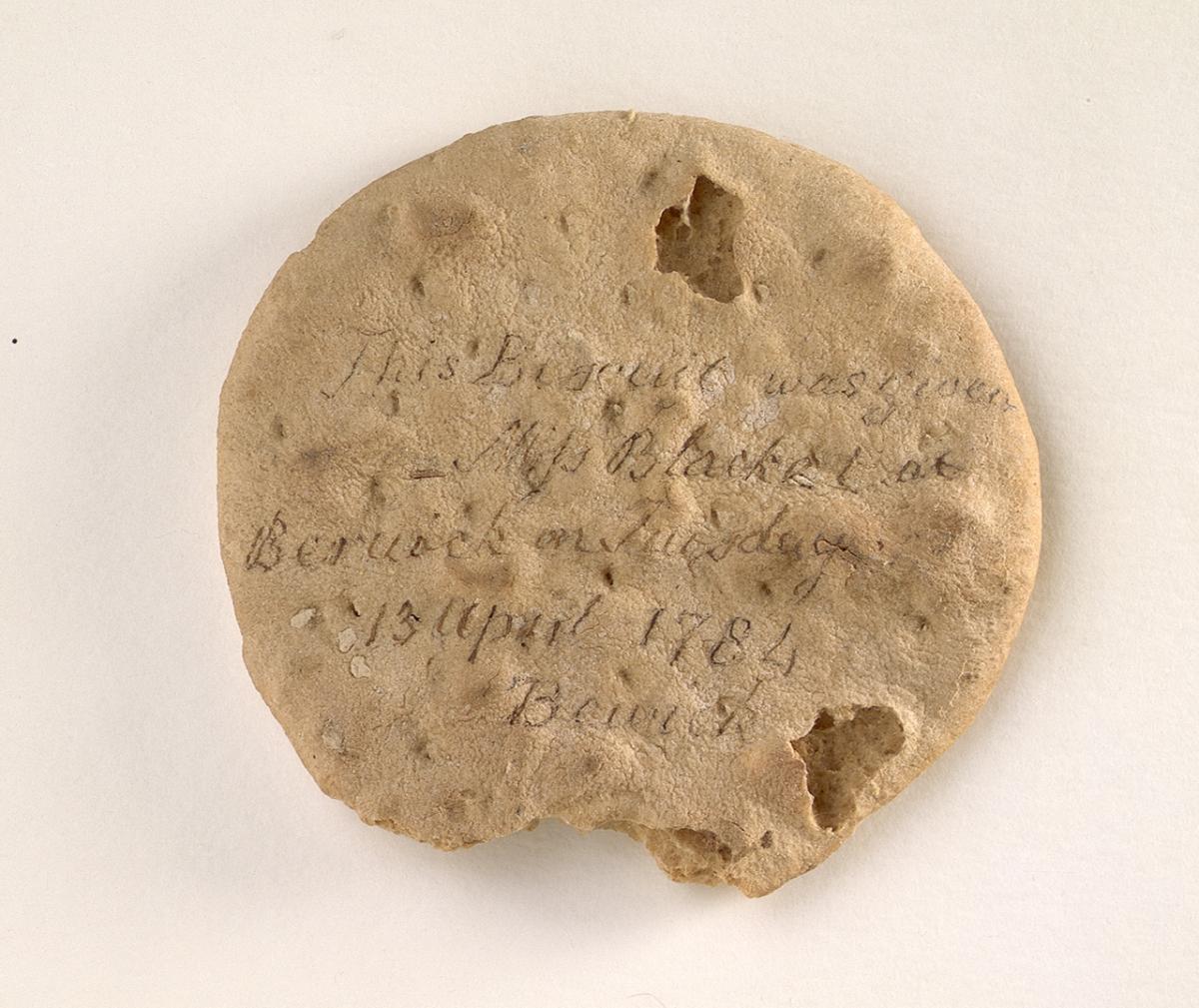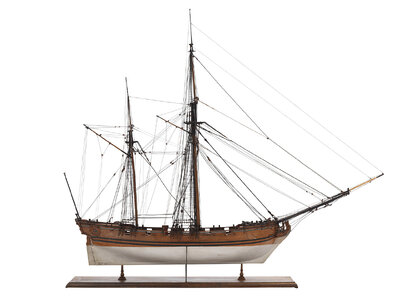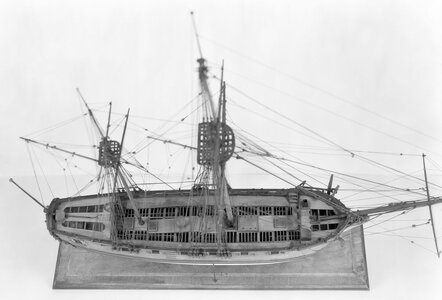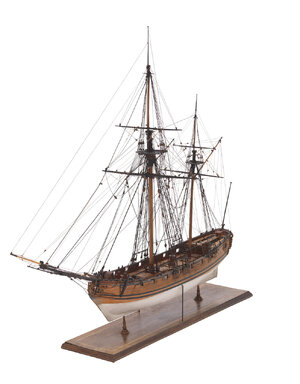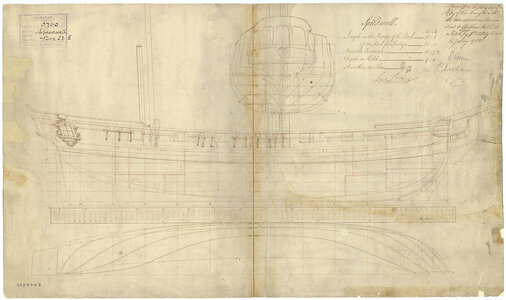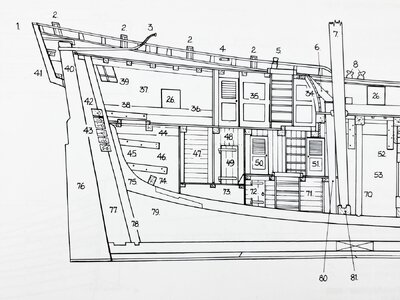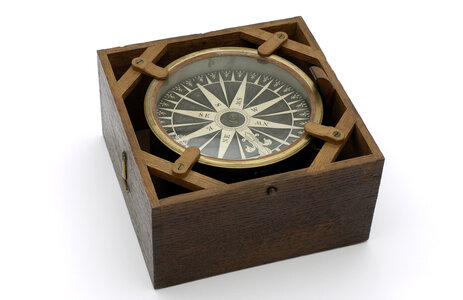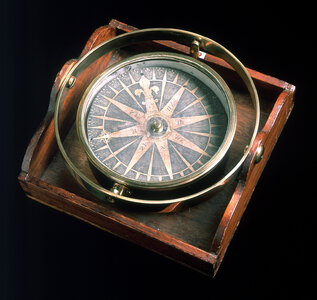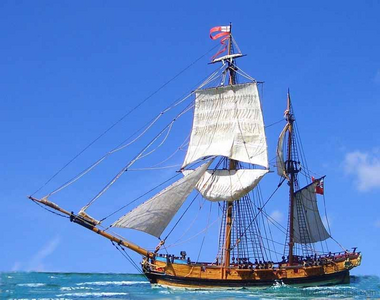In this storage the shells would have not be loaded with powder - there in the store room would be only ironThanks for all your responses. I really appreciate them.
That is probably true. However, no matter the bomb storage pattern, the shells at the end are reachable. And removing them gives access to the ones behind. Of course, the opposite when initially storing: Move the first inward all the way, then store others in front of that.
Two points, however, make this dense of storage less practical: The shelves that store the shells would still be in the way of getting further in. And stored like shown to the right above would appear to make them touch one another, and iron shells, loaded with explosives, rattling against each other could be called BAD®!
But they had a very big weight so not easy to handle if you have to climb....... gun balls have some wheight, but such shells are heavy




